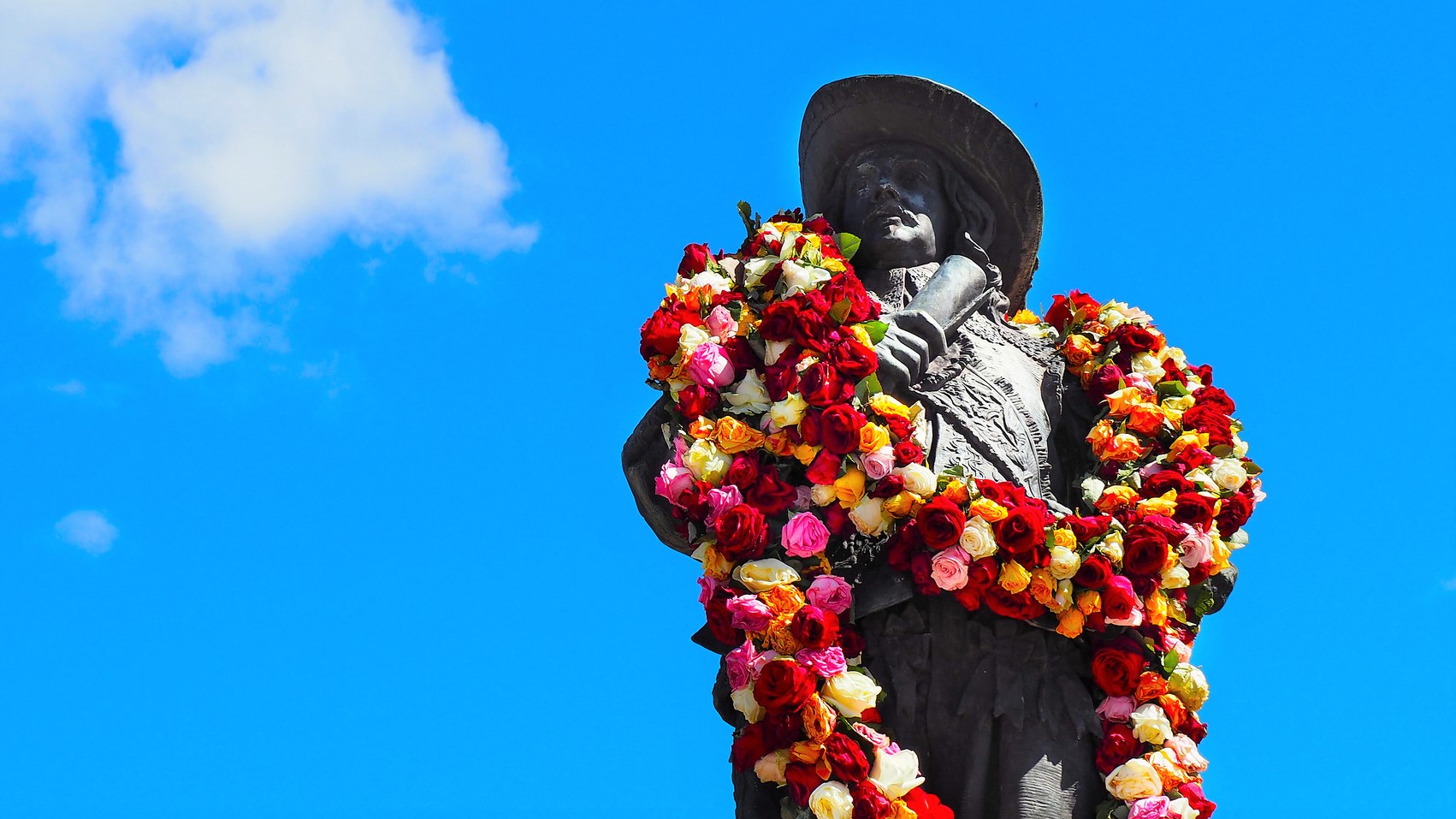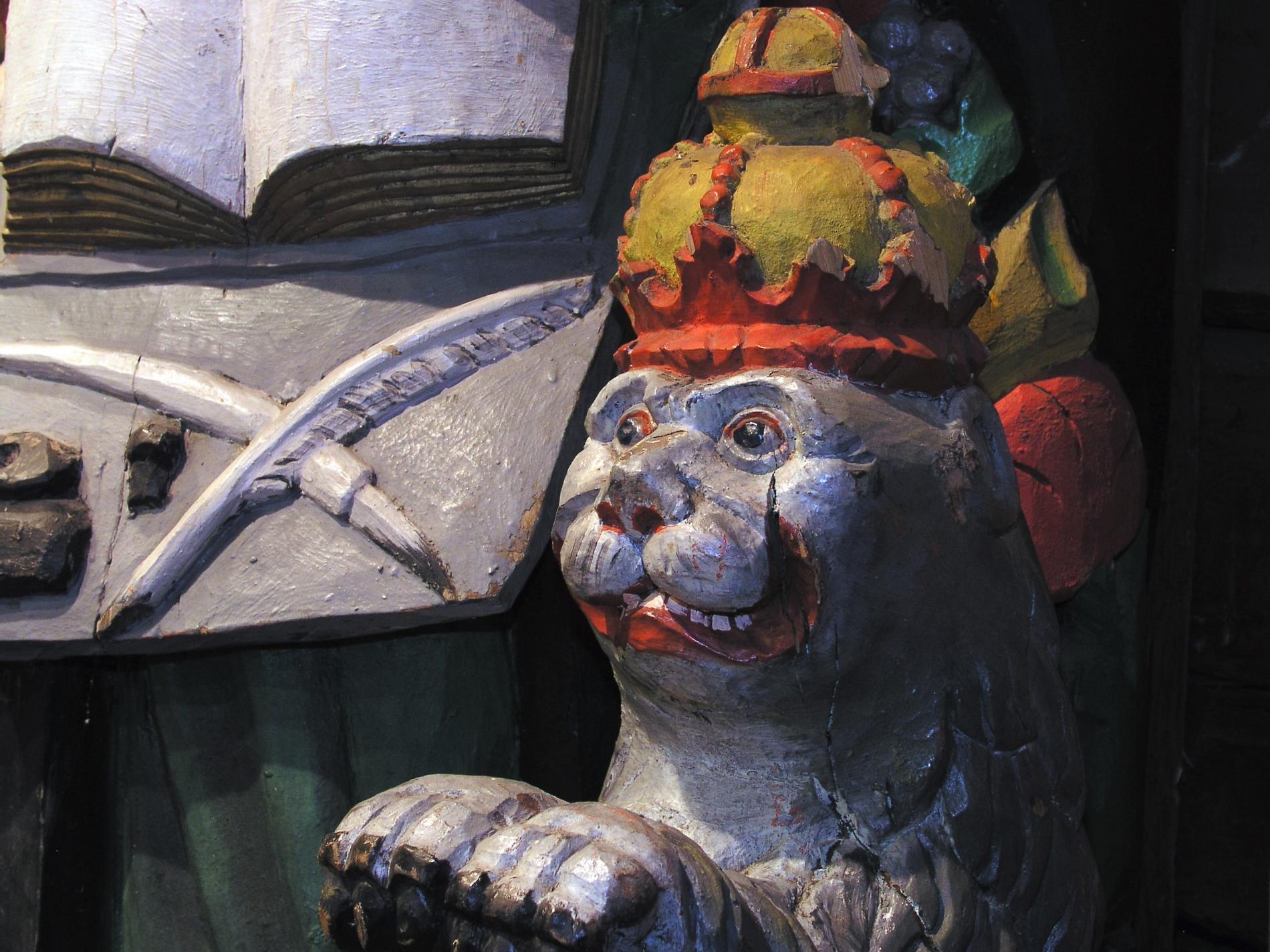History of Raahe
History of Raahe
The town of Raahe was founded in 1649 under the name Salo
Count Per Brahe, Governor General of Finland, founded the town in 1649 because a trading port was needed for trading goods produced in the region. The initial purpose had been to establish the town at the port of Salo which had already hosted a lively marketplace back in the medieval times. However, the waters in the region were found to be too shallow, but there was a suitable peninsula only a stone’s throw away. The town’s original name was Salo, but it was renamed Brahestad in 1652 when Count Brahe was granted the land area for his “eternal possession”. It is said that the count never visited the town he had established; he had simply ridden a sleigh on the frozen sea and spotted an excellent location for a new town. The planning of the town was assigned to Claes Claesson who had drawn plans for other coastal towns, including Kristinestad. Claesson’s town plan followed the ideals of the great powers at the time – the regular six-block grid plan of the Renaissance. The town hall was constructed near the shore, on the side of the market square. A little sermon room brought from Ristikari was placed on the other side of the market square; it served as the first church in town.

A town of seafarers, merchants and craftsmen
The town’s main sources of livelihood were commercial seafaring and shipbuilding, and Raahe was an important harbour town for a significant part of northern Finland. The first ship dock and the burning site for pitch were located at Pitkäkari. In the 18th century, the shipyards were moved to the town’s shore, in the area between today’s Pakkahuone museum and Cortenkatu. Besides merchants and seafarers, the town was home to a great number of craftsmen.
The journey of our newly arisen city was not always easy. The years of famine in the 17th century took their toll on the inhabitants of Raahe as well, and the neighbouring towns of Oulu and Kokkola attempted to repeal Raahe’s town charter. Luckily, after hearing out the citizens and their reassurances, the King in his great wisdom decided that Raahe should remain as it was. The residents never even intended to leave their hometown, although they were told to move to Oulu or Kokkola.
Raahe’s existence at stake
The next century did not get off to a great start either: the Great Northern War and the Great Hatred along with the Russian occupation destroyed the town almost completely. Because of the Great Hatred, a majority of the residents escaped wherever they could – the bourgeoisie to Sweden and the common people to their hidden cabins. Because of this, Raahe was inhabited by only approximately 130 people in 1742, three years after peace had been made. However, the rebuilding work was started with determination.
Raahe becomes a staple town in 1791
In 1791, Raahe was finally granted staple town rights. This gave rise to brisk commercial activity directly with the Netherlands, France, Great Britain and the Mediterranean countries. The most important exports were tar and pitch; the most significant import was salt. Of course, foreign trade had been conducted from Raahe in earlier times as well, but the staple town charter enabled trade without intermediaries.
The great fire of Raahe
In 1810, Raahe was faced with a disaster, a most horrifying event indeed. A fire raged in the town on the night of October the 6th. The fire destroyed the town hall and three quarters of the town. The church, the school building and Katinhäntä, a part of town inhabited by the poor, were preserved from the flames. The fire of Raahe was the first town fire during the era of autonomy in Finland. A practice that started under the Swedish rule was continued under the state’s relief action: financial aid was collected across the whole of Finland and the emperor granted tariff relaxations and funds for the rebuilding efforts. The town was quickly rebuilt according to a town plan designed by Odenwall, giving rise to an empire-style Raahe.

The Crimean War brought devastation to Raahe in 1854
The town had just recovered from the fire when it encountered a new setback: the Crimean War broke out. The opponents in the war were England and Russia, and Finland, as part of the Russian empire, was also affected by the war. In May 1854, an English naval division disembarked in Raahe and burnt down the town’s shipyard, Tervahovi and Pikiruukki. The worst destruction in Finland occurred in Raahe. After the end of the war, the English quakers had a guilty conscience about the suffering and destruction brought upon the common people, so they started collecting emergency funds which were then sent to Raahe. This money was used to employ people in relief work which improved transport and accessibility, for example.
Finland’s largest shipowner town in the 1860s and 1870s
After the disastrous visit of the English, the town of Raahe did not simply lay down and die. Soon, it would witness its greatest era in terms of shipping trade and commerce. In the 1860s and 1870s, Raahe was Finland’s biggest shipping trade town for about ten years. It was a powerful factor in terms of the amount of cargo passing through the port. Some of the highlights from that era are the wooden Old Town as well as the charming local museum, the oldest in Finland.
From a school town into an industrial town
The rest of the world was progressing at an incredible speed: railroads were built, iron started to be used in shipbuilding and steamships were invented. The know-how in Raahe was limited to building wooden sailing ships, and the town ended up on the sidelines of development to some extent. A railroad was finally built in 1899, but this was hopelessly late – the rest of the world had long surpassed Raahe. So, Raahe remained a quiet town. Most of the activity took place in the Lybecker Institute of Crafts and Design, the Teachers’ College and the Business College, and there was small-scale industrial activity as well. Life seemed to have come to a standstill in the streets of the town; it is said that only cows and students of the teachers’ college walked on them.
Gradually, industrial activity started emerging along with the company Ruona Oy, for example. In 1952, the works related to Finland’s war reparation efforts came to an end and Ruona declared bankruptcy. This was a heavy blow to the town, and many locals moved to southern Finland and Sweden in great numbers. However, the town stirred with renewed growth in 1961 when the Rautaruukki steelworks was founded and employment was available yet again.
In 1973, Raahe expanded in terms of its surface area and population when the municipality of Saloinen was annexed to Raahe. Later on, the town of Raahe and the municipality of Pattijoki were abolished and a new town, Raahe, was established in 2003. Raahe and Vihanti merged in 2013.
More about the history of Raahe on the website of the Raahe Museum.
